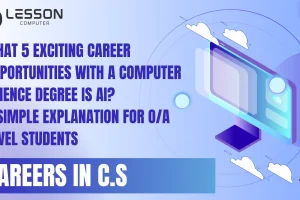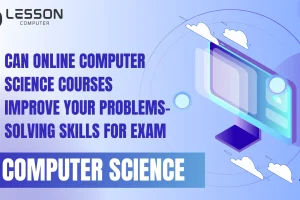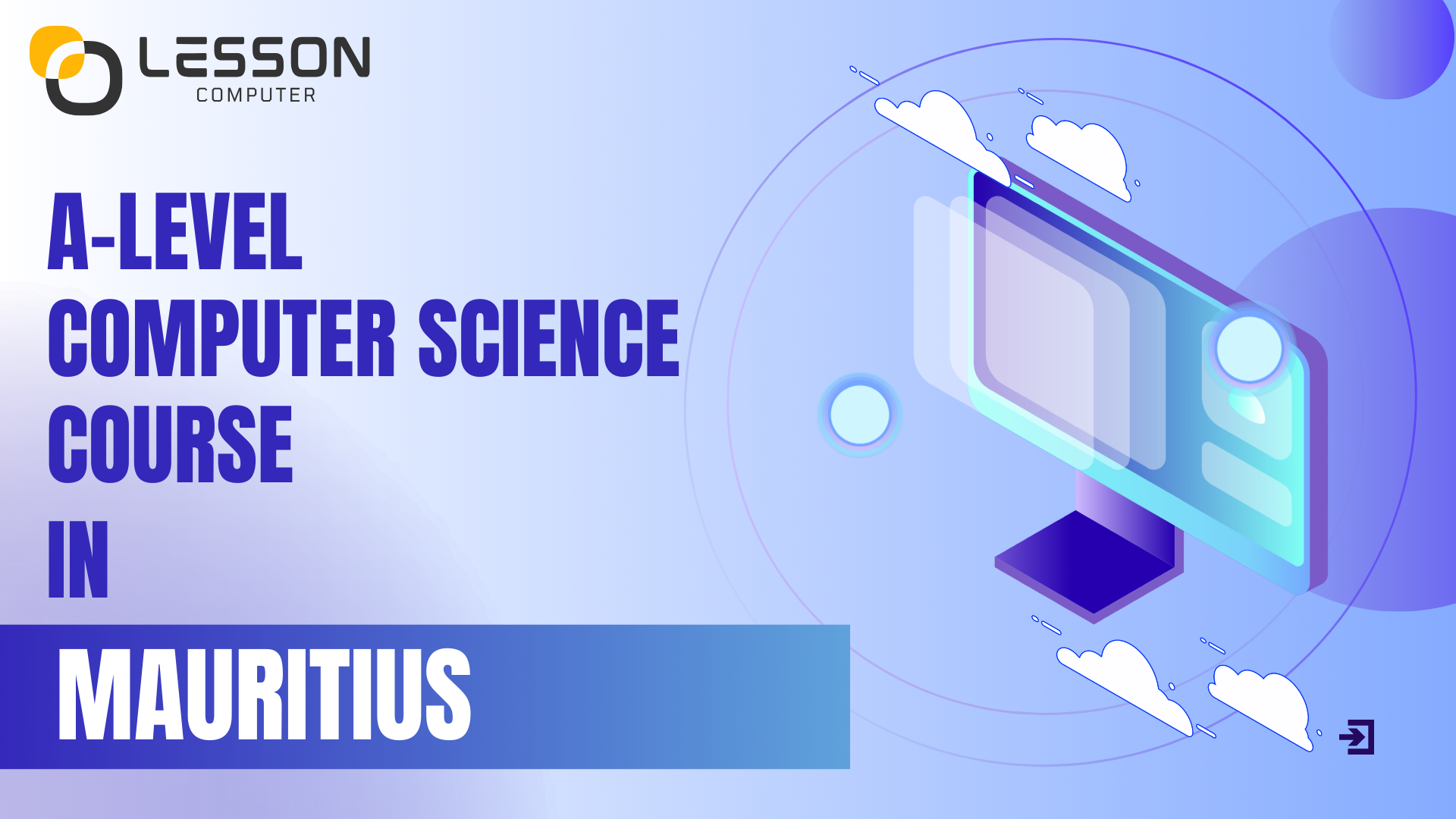
A Level Computer Science Course – Everything is here to know
The A Level Computer Science course trains programming, algorithms, data structures, and computer systems. It helps students grow searching skills and makes them ready for further studies or careers in technology.
In this article, we will explore the A Level computer science course. We will talk about the main topics covered, such as programming, data structures, algorithms, etc. We will also look at how this journey prepares students for future learning and careers in technology.
What courses are included in A Levels?
There are many courses included in A Level It covers major topics such as programming, data structures, algorithms, and software development. Students gain actual skills and pure knowledge to prepare for further studies or careers in technology.
Courses are Included:
- Programming
- Algorithms
- Data Structures
- Computer Systems
- Databases
- Software Development
1. Programming:
Programming means writing orders that a computer performs. With programming, you can create software, games, websites, and more by giving the computer clear commands to implement.
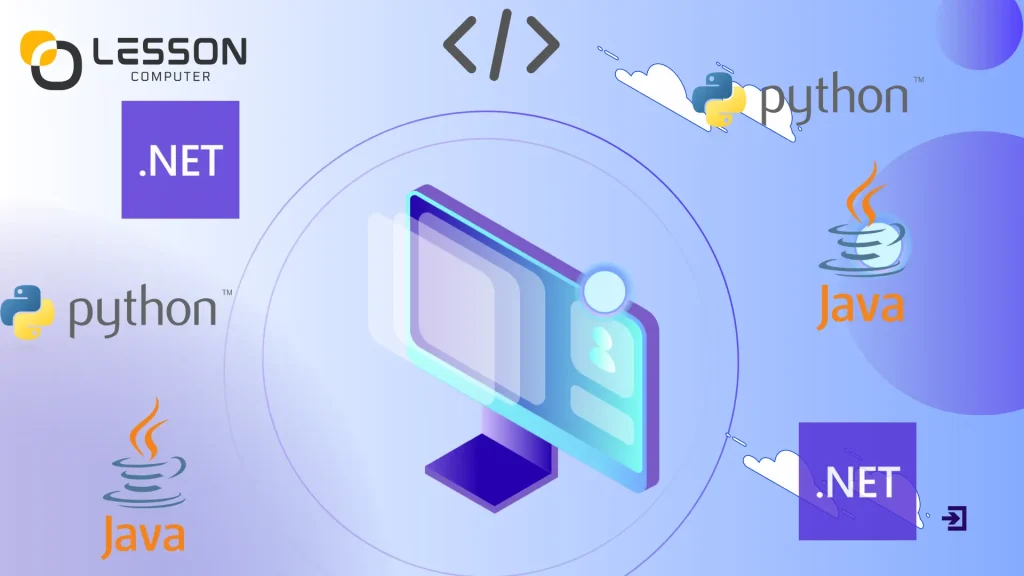
There are different types of programming, all designed to fix different tasks:
Python: An overall language used for everything from data analysis to developing machine learning models. It is famous because it is powerful and easy to use. With a wide range of libraries and frameworks, Python allows developers to efficiently build applications, analyze data, and create intelligent systems. Its simplicity and readability also make it easier to write and understand code.
Java: Java is a popular programming language used to create different types of applications, like mobile apps, websites, and games. It is easy to learn and run on different devices. With Java, you can write the program once, and it will work on many platforms without needing to change the code.
VB.NET: VB.NET is a programming language used to create different types of applications, like desktop software and websites. It is designed to be easy to learn, especially for beginners. With VB.NET, you can quickly build programs that run on Windows, making it popular for creating simple and useful applications.
2. Algorithms:
An algorithm starts with an initial input, which can be numbers or text, and follows a series of steps to generate a result. The input is the starting data used for making decisions. This data is processed through various steps, such as calculations or choices, leading to the final output, usually in the form of new data.
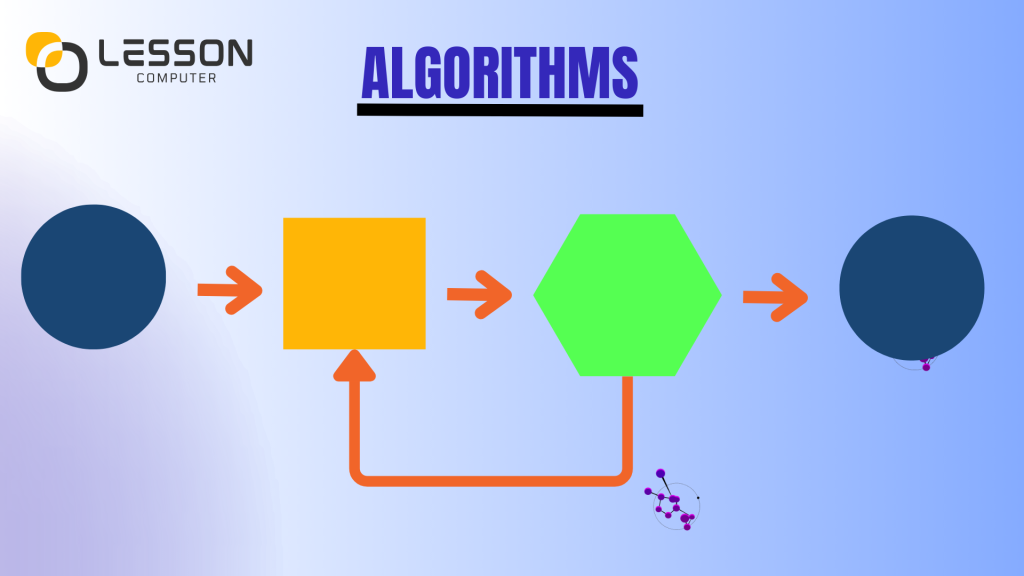
There are different types of algorithms, all designed to fix different tasks:
Search engine algorithm: This type of algorithm grips keywords as input, searches its database for matching web pages, and then gives good results.
Encryption algorithm: This algorithm secures data by transforming it according to separate rules. For illustration, a basic algorithm like the Data Encryption Standard uses the same basic for both encrypting and decrypting data, ensuring that only those with the key can access the information.
Greedy algorithm: This algorithm inscription optimization problems by choosing the best quick solution, which leads to the best overall outcome, though it does not always find the right solution.
Recursive algorithm: This algorithm many times calls itself to resolve a problem. Each time it runs, it works with a smaller part of the problem until it is completely solved.
3. Data Structures:
Data structure is a process used to control and store data so it can be easily read and managed. It helps arrange data to fit certain requirements or purposes. Data structures not only store the data itself but also show how different pieces of data are linked together.
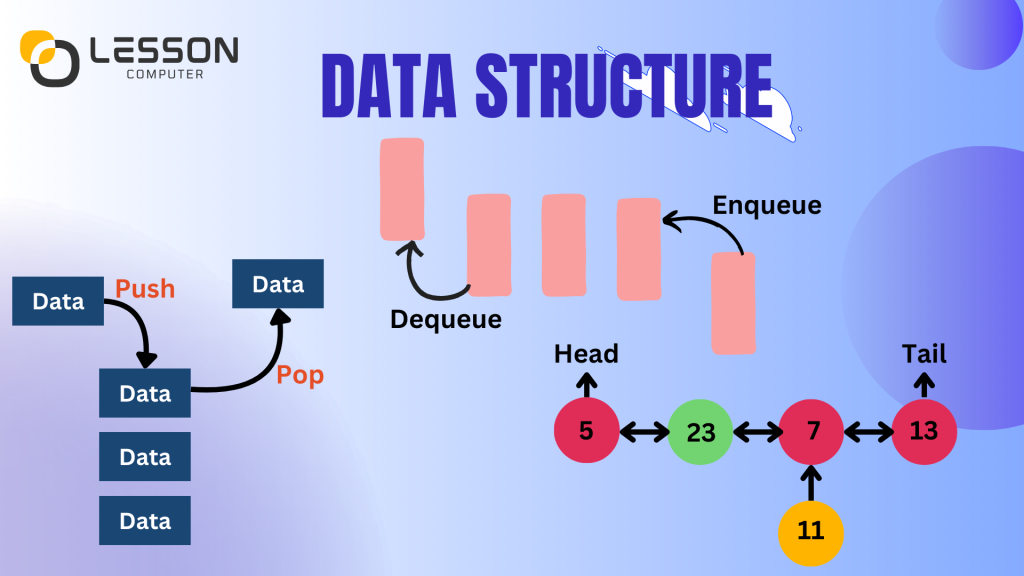
There are different types of Data Structure, all designed to fix different tasks:
Primitive data structures:
Primitive data structures are the most easy types of data used in programming. They include:
- Integers: Whole numbers such as 1 to 40, or 100.
- Floats: Number with decimal, such as 3.45 or -2.5.
- Characters: Single letters or symbols like “A” or “z”.
- Strings: Groups of characters, like “hello” or “278”.
- Booleans: Benefits that are each true or false, often used for making decisions in code.
These simple data types have a set size and format, making them structured and consistent across programming languages.
Non-primitive data structures:
Non-primitive data structures are built using the first data types to manage and organize more complex data. They help with tasks like searching, sorting, and updating data, and can handle different types of information more effectively.
4. Computer Systems:
A computer system includes software, hardware, and other devices that manage and show information. There are many computer systems, including Supercomputers, Personal Computers, Embedded Systems, and Mainframe Computers. Each type plays a different role and has its own way of processing data.
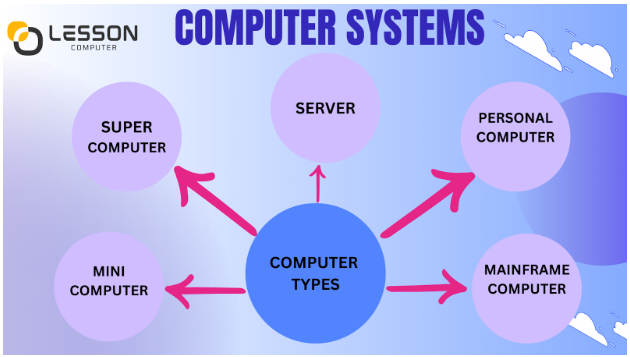
There are different types of computers. Some of the types are:
Mainframe Computers: A mainframe is a very powerful computer that attaches to many users at a time, allowing them to access applications together. It is generally used for managing large-scale calculations and processing lots of data.
Supercomputers: Supercomputers are very powerful machines that perform compound calculations very fast. They use like same processing, where multiple processors work together on a single task to speed up the computation.
Embedded Systems: The Embedded system is a computer made into another device, like a microwave or a car. It usually has a single-board computer or microprocessor and operates without a clear user interface or operating system, running specialized tasks quietly in the background.
5. Databases:
A database is a building method to store data electronically. It can hold many types of information, such as text, numbers, files, and videos. Software called a database management system helps you store, and find this data easily.
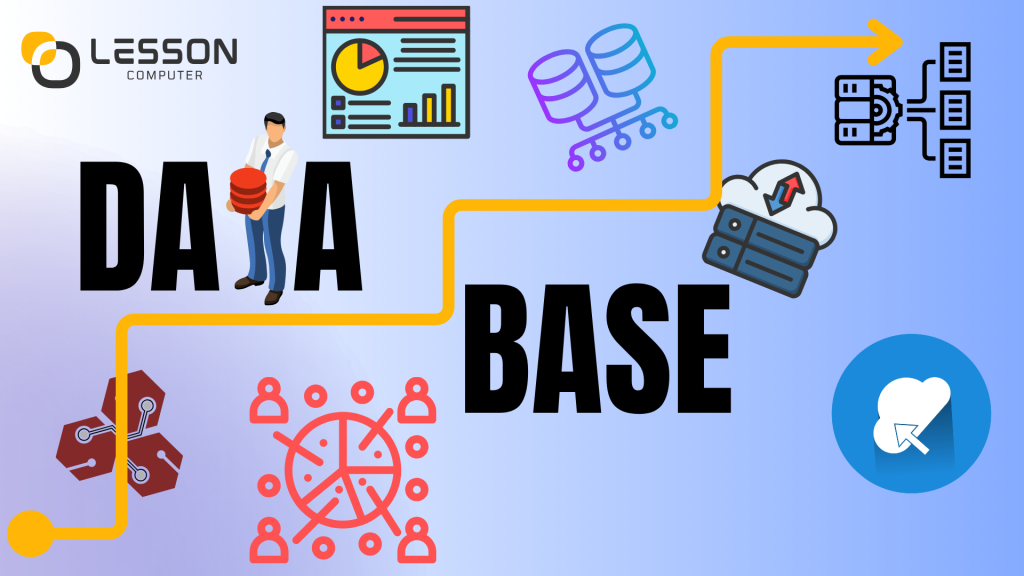
There are different types of databases. Some of the types are:
NoSQL Databases: NoSQL databases are developed to run large amounts of unstructured or semi-structured. They use different data models like basic value sets, documents, or graphs. Examples include MongoDB, Couchbase, and Cassandra.
Relational Databases: Relational databases are the most common type, storing data in tables that are linked through common solutions or indexes. Examples include MySQL, Oracle, and Microsoft SQL Server.
Centralized Database: A collected database is stored on a single server and can be gained by many users over a network. This setup allows all users to work in the same database, which is often used in operations to manage shared data.
6. Software Development:
Software development is the process of managing and designing software. Software includes programs or commands that guide a computer on what tasks to perform. It operates separately from hardware and allows computers to be programmed for different functions.

There are different types of software development. Some of the types are:
System software: This software provides important tasks for a computer, such as disk management, operating systems, and tools for handling hardware. It confirms that the computer works easily and manages basic operations.
Programming software: This software gives programmers the instrument they need to design code. It includes text compilers, editors, linkers, and debuggers, which help in creating and testing software programs.
Application software: This software helps users perform important tasks. Examples include office programs, data management tools, media players, and security software. Applications also include web and mobile apps, like those used for online shopping, social media, or posting photos.
Best Platforms That Provide A-Level Computer Science Courses?
Here are some of the best platforms that provide A Level Computer Science courses online:
Lessoncomputer:
Lessoncomputer This platform offers A-Level Computer Science course specifically for students in Mauritius. It provides online tuition to help students excel in their studies. This platform offers A/AS level, O level, grades 7, grade 8, and grade 9 computer science courses.
Moreover, it offers personalized support and resources to adjust to the needs of each student to ensure their success in computer science.
Cambridge International:
Cambridge International provides thorough A Level Computer Science courses online. They offer many resources and support to help students succeed. Their courses include A-level computer science and furthermore.
Additionally, they offer interactive tools and community forums to enhance learning.
Is A-level Computer Science Hard?
A Level of Computer Science can be challenging because it includes difficult topics like programming, algorithms, and data structures. Students need to understand these areas well and operate often to get better. At first, it might look hard, but with stable effort and help, it becomes simple.
Even though A Level Computer Science is tough, many students find it very rewarding. It teaches useful skills and problem-solving techniques. With good resources and study habits, most students can handle the challenges and succeed in the course.
A Level Computer Science Revision Guide?
Use visual tools to understand complex ideas, practice coding interactively, and engage in practical activities to build your skills. These approaches make learning more interesting and improve your memory. Learning coding is not just about learning theory but also about applying it through real-life practice.
Why Choose A Level Computer Science?
A Level of Computer Science provides students with a solid understanding of essential computing concepts. It covers topics such as programming languages, algorithms, data structures, computer systems, databases, and computer networks. This course helps students build strong problem-solving skills, think logically, and understand how technology works.
With an A Level in Computer Science, students are well-prepared for further studies or careers in technology-related fields, such as software development, cybersecurity, and data science. It’s also a great way to develop critical thinking skills, which are useful in many areas beyond computing.
How Do I Prepare for A Level Computer Science?
To succeed in A Level Computer Science, students should focus on:
1. Understanding Key Topics:
Spend time learning core subjects like programming, algorithms, data structures, and computational thinking, along with computer architecture, networks, databases, and operating systems.
2. Practicing Problem-Solving:
Work on solving coding problems to improve logical thinking and creativity. Regular practice helps students break down complex problems into smaller, manageable steps. Participating in coding competitions, such as online challenges can further enhance problem-solving skills. Additionally, learning to debug code effectively is crucial for identifying and correcting mistakes quickly.
3. Reviewing Past Papers:
Practice with past exam questions to get familiar with the exam format. Focus on understanding the type of questions commonly asked, such as multiple-choice, short answers, or programming tasks. Time yourself while solving these papers to improve speed and accuracy. After completing each paper, review your answers carefully to learn from your mistakes and refine your understanding. This strategy not only boosts your confidence but also helps in manage time effectively during the actual exam.
4. Managing Time Well:
A well-structured plan should give out, time for learning new concepts, practicing programming exercises, and revising key topics. It is important to break down larger subjects into smaller, manageable sections, allowing for focused study sessions. By setting specific goals for each study session and regularly reviewing your progress, you can stay on track and minimize stress as the exam date approaches. Additionally, incorporating breaks and time for relaxation will help maintain motivation and prevent burnout.
How Many Levels Are There in Computer Science?
In computer science, students can pursue several levels of education, including associate, bachelor’s, master’s, and doctoral degrees, along with various certificates. Associate degrees and certificates can often be completed in a shorter time, making them a quicker option for entering the job market. However, advanced degrees like a master’s or doctorate typically provide deeper knowledge and skills, which can lead to higher-paying jobs and more advanced career opportunities. Each level of study opens up different pathways in the field of computer science.
How Many Exams Are There in A Level Computer Science?
The A-Level Computer Science course consists of 3 units that cover all parts of the AQA syllabus. Students take 2 exams and complete one piece of coursework. One of the exams includes a practical programming exercise, where students demonstrate their coding skills. The coursework allows students to choose a problem or client and design, code, and test software to solve that issue, giving them hands-on experience in real-world programming.
What Is the hardest subject in Computer Science?
Many students find that algorithms and data structures can be the hardest subjects in computer science. This topic involves understanding complex concepts about how to organize and manipulate data efficiently. Additionally, theoretical computer science, which includes topics like computation theory and complexity, can also be challenging because it requires deep logical thinking and abstract reasoning. While these subjects may be tough, they are essential for building strong problem-solving skills in computer science. With practice and dedication, students can overcome these challenges.
What Is the easiest subject in Computer Science?
The easiest subject in computer science can vary from student to student. Some might find programming topics like Object-Oriented Programming or Data Structures and Algorithms easier to grasp because they involve practical coding and clear problem-solving methods. Others may prefer theoretical subjects, such as Computer Networks or Database Management Systems, which may seem more straightforward due to their structured concepts. Ultimately, each student’s strengths and interests will influence what they find easiest to study in computer science.
What Is the Most Important Topic in Computer Science?
The most important topic in computer science is algorithms and data structures. Algorithms are step-by-step instructions that help solve specific problems, while data structures refer to how data is organized and stored in a computer. By mastering algorithms and data structures, students can improve their problem-solving skills and enhance their ability to write effective code.
Which Field Is Best in Computer Science?
The best field in computer science can depend on your interests and career goals, but some popular options include software development, data science, and cybersecurity. Software development focuses on creating applications and systems, while data science involves analyzing data to make informed decisions. Cybersecurity is about protecting computer systems and networks from threats. Each of these fields offers great job opportunities and the chance to work on exciting projects, so choosing one that aligns with your passion can lead to a fulfilling career.
Which Skill Is Most in Demand in Computer Science?
One of the most in-demand skills in computer science is programming. Knowing languages like Python, Java, and VB.NET is crucial, as they are widely used in software development and data analysis. Additionally, skills in data analysis and machine learning are also highly sought after, as businesses need to make sense of large amounts of data. Understanding cybersecurity principles is important too, given the increasing need to protect sensitive information. Overall, a combination of these skills can greatly enhance job opportunities in the tech industry.
How Many Subjects Are Compulsory for A-Levels in Mauritius?
In Mauritius, students must take a minimum of 3 subjects for their A-Levels. Among these, General Paper is usually compulsory, as it helps develop critical thinking and communication skills. Students can then choose their other subjects based on their interests and career goals, such as mathematics, science, or humanities. Students need to select subjects that align with their future studies or career paths.
Most Frequently Asked Question
Learning programming can open opportunities for many careers in technology, from software development to data analysis. It also helps in fixed problems and logical thinking.
You will study the software and hardware that make up a computer, including how different parts like the CPU and memory work together.
Yes, many platforms offer online classes of the A Level Computer Science course, allowing you to study from any place at any time.
You can expect support from teachers or online resources, including guidance on assignments, help with hard topics, and feedback on your work to help you succeed.
Students take two exams and complete one coursework project. One exam includes a practical programming exercise.
Key skills include programming, problem-solving, logical thinking, and a good understanding of algorithms and data structures.
Students can pursue higher education in computer science or related fields, such as software engineering, data science, or cybersecurity at universities or technical institutes.
Conclusion:
A Level Computer Science course completes important topics like algorithms, data structures, programming, and computer systems. It helps students improve problem-solving skills and prepares them for advanced studies or careers in technology. By understanding these important topics and using effective revision techniques, students can succeed and apply their knowledge in real-world situations.

